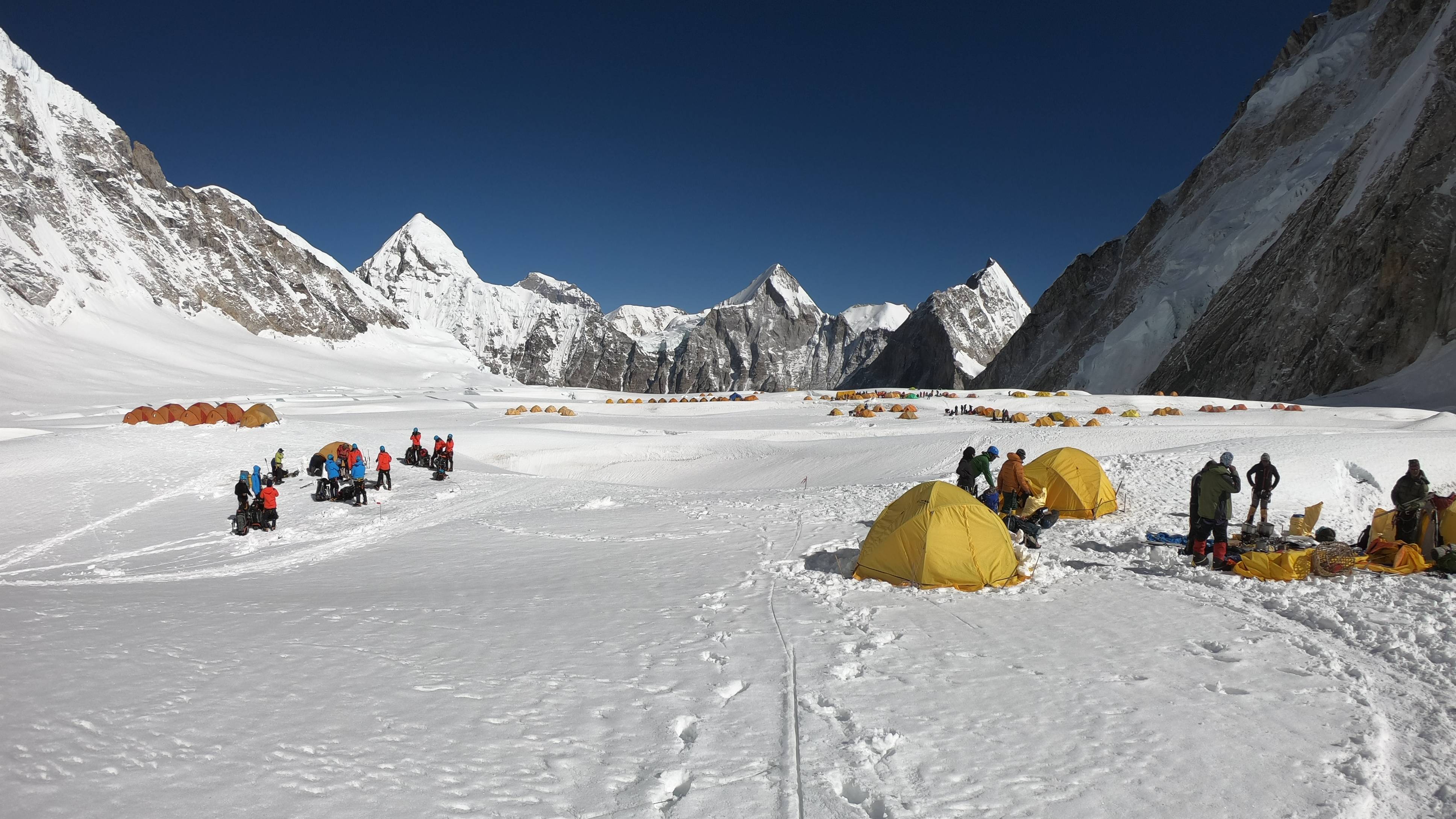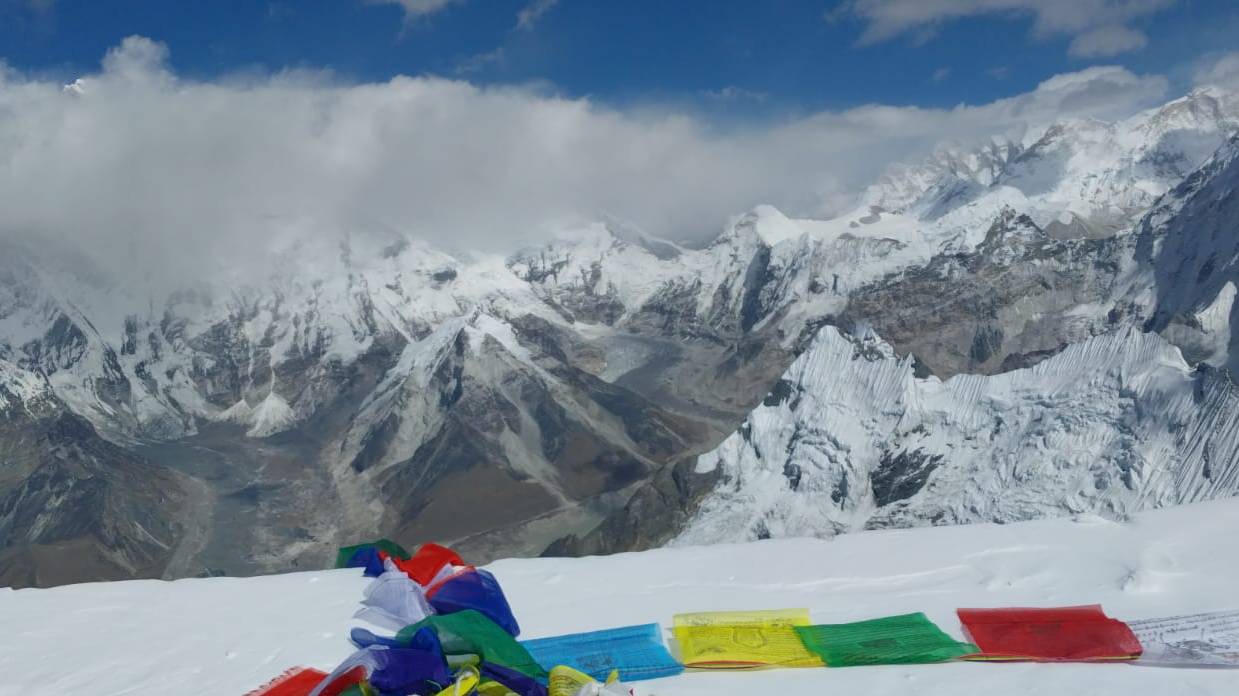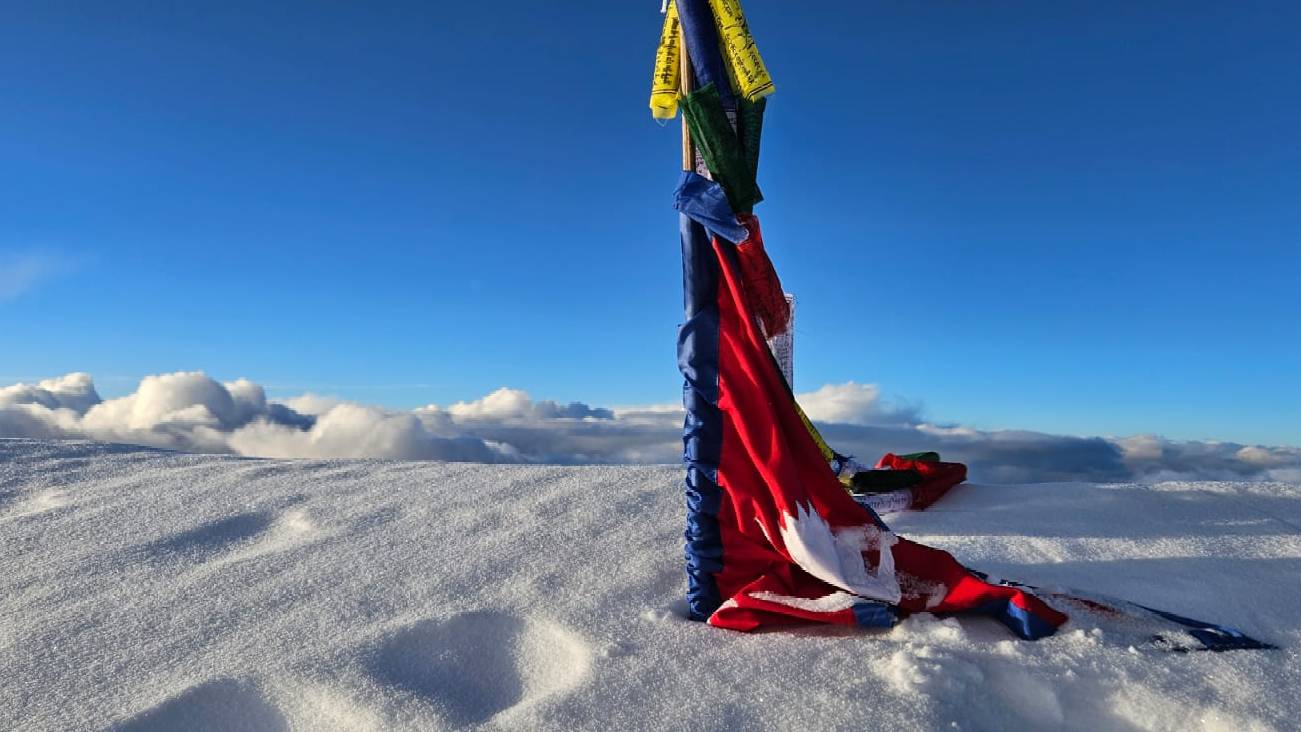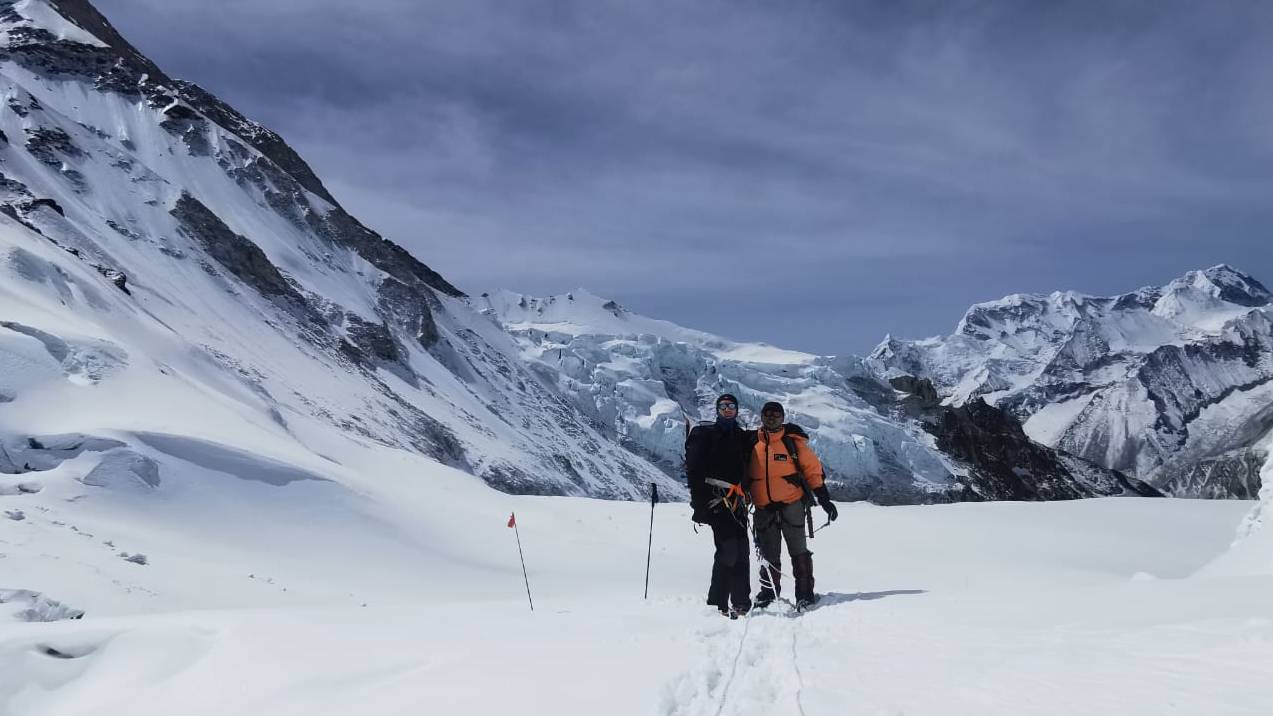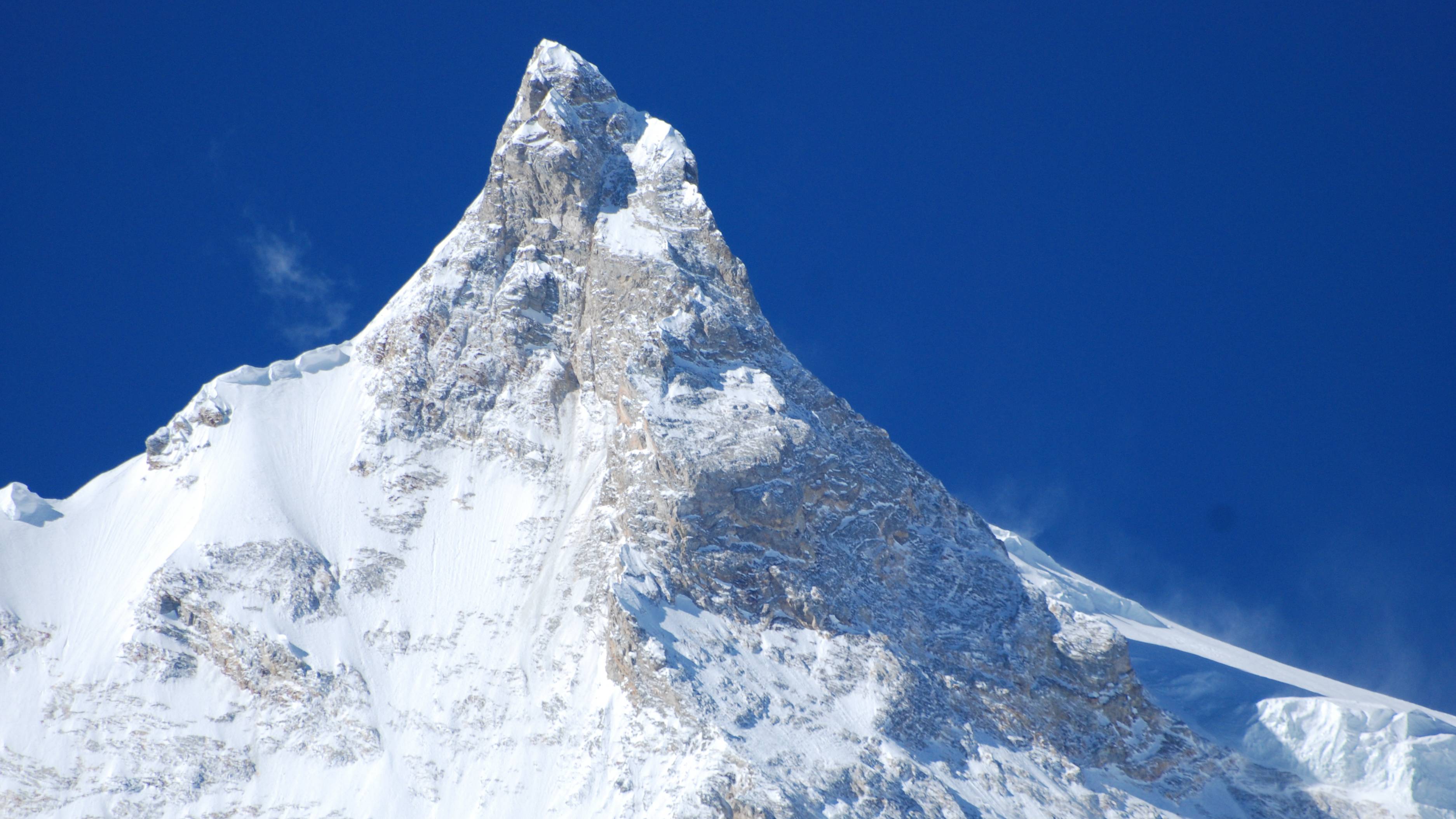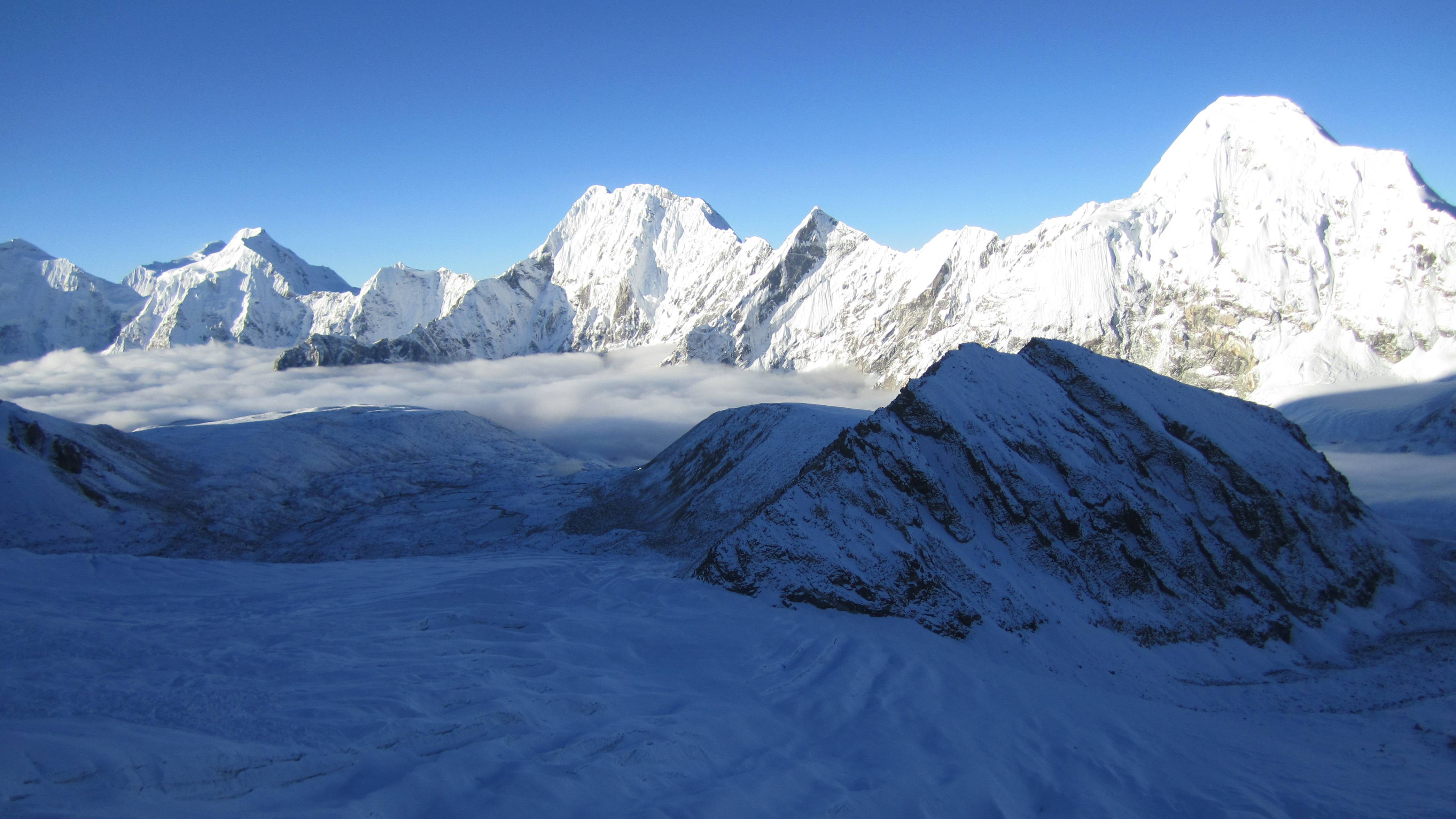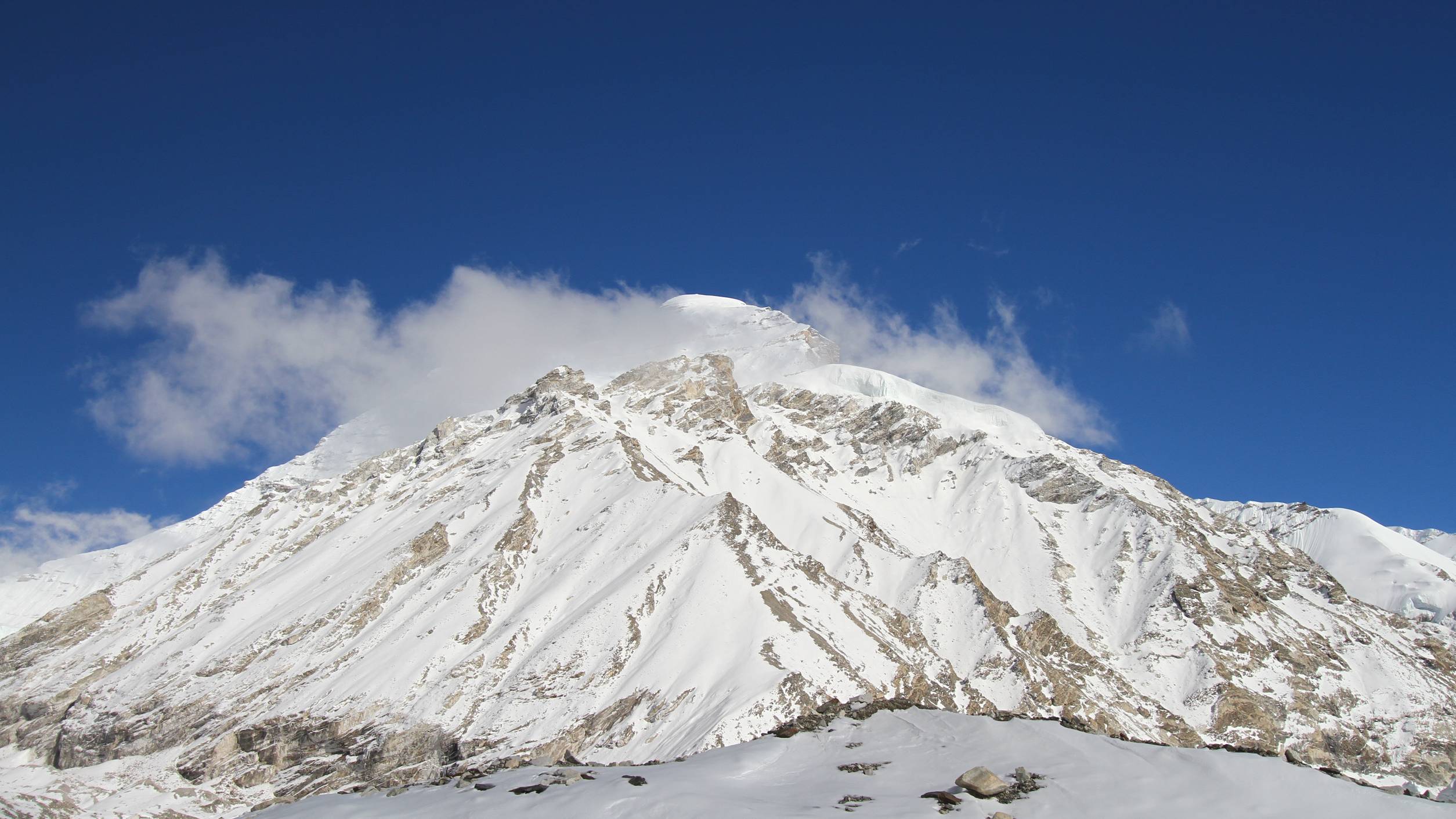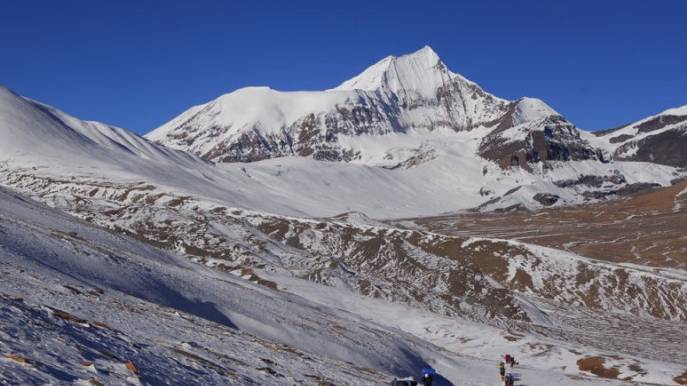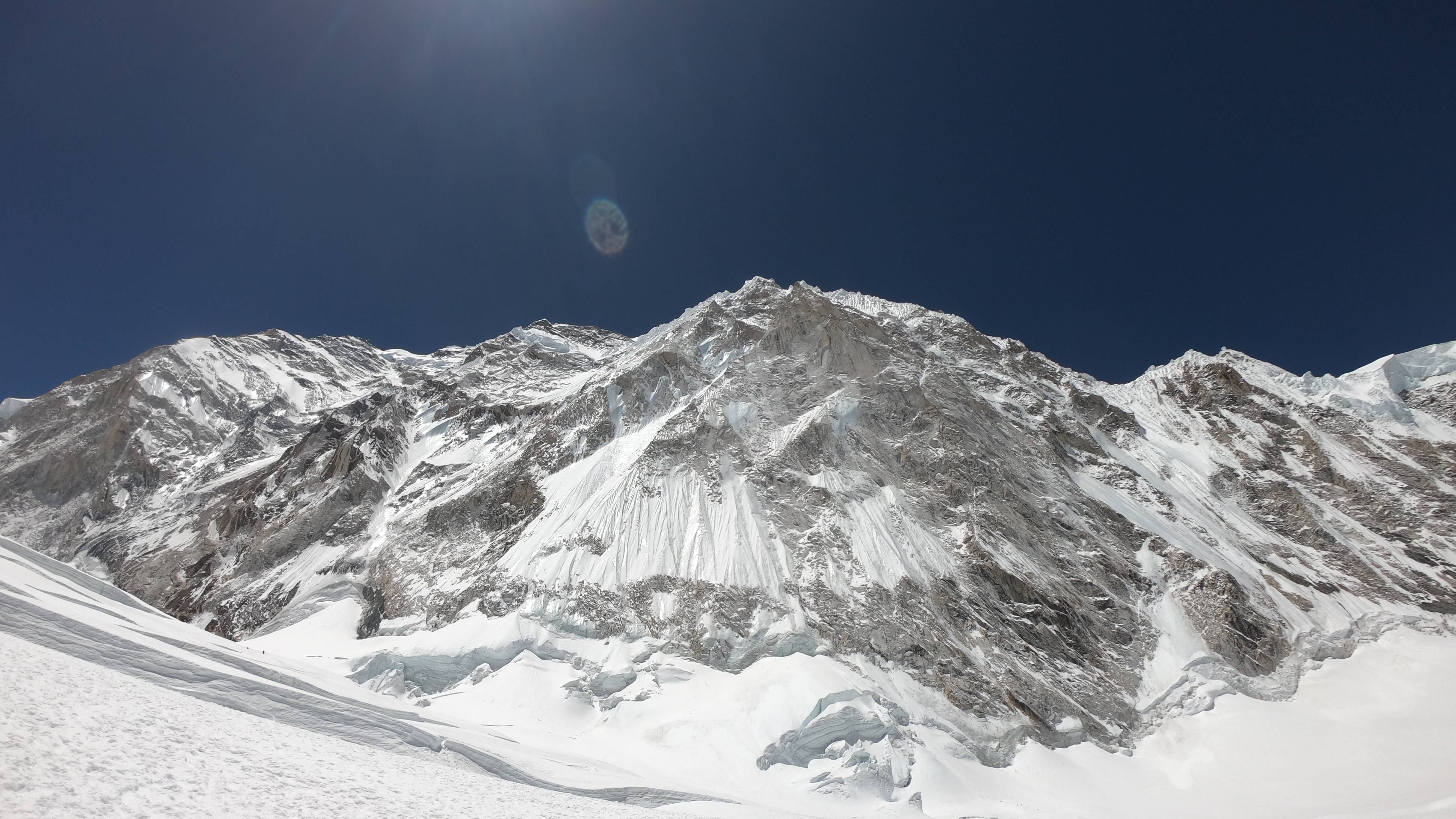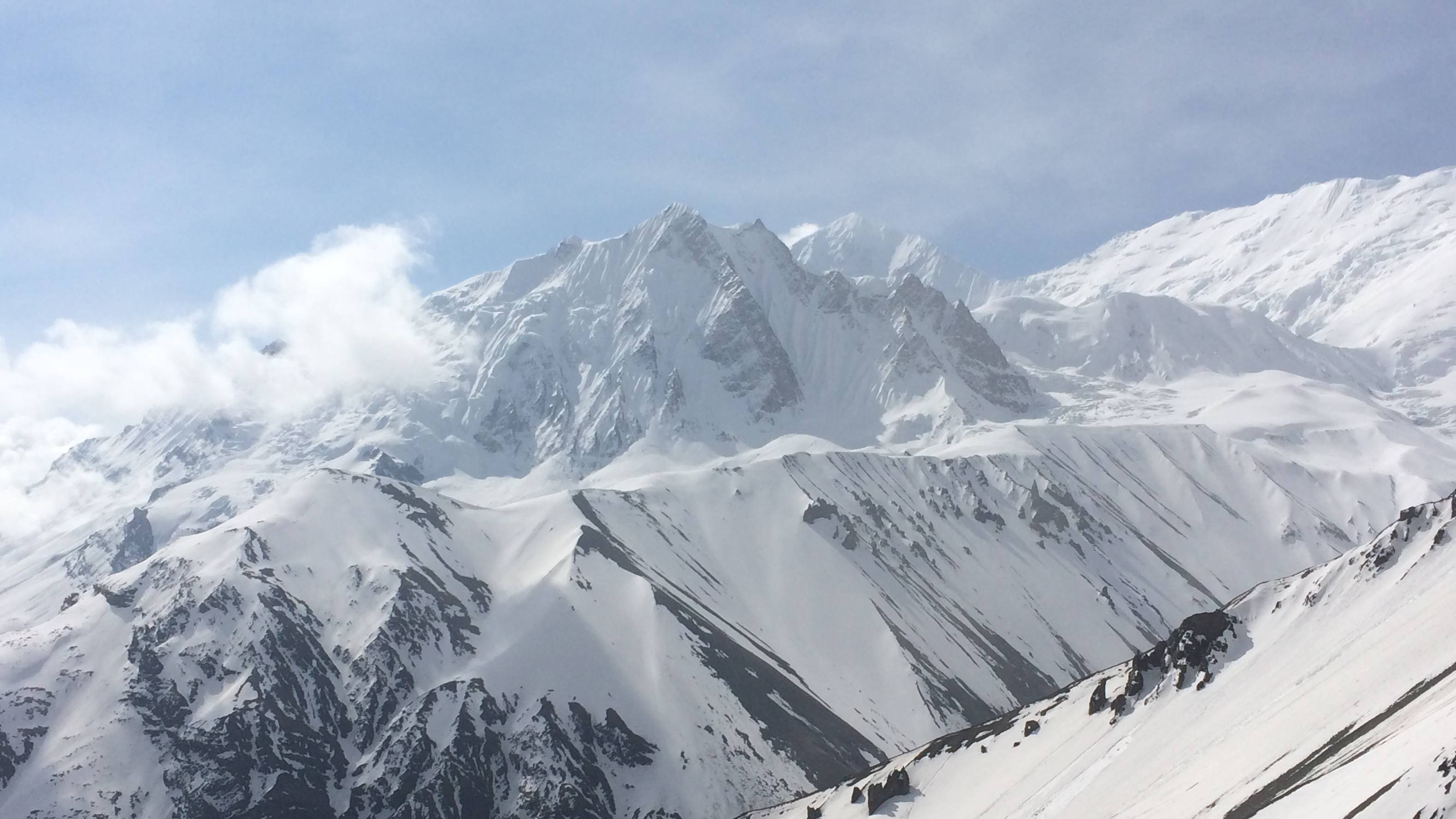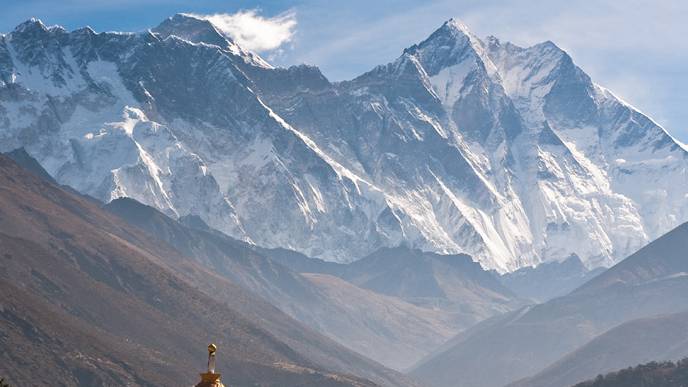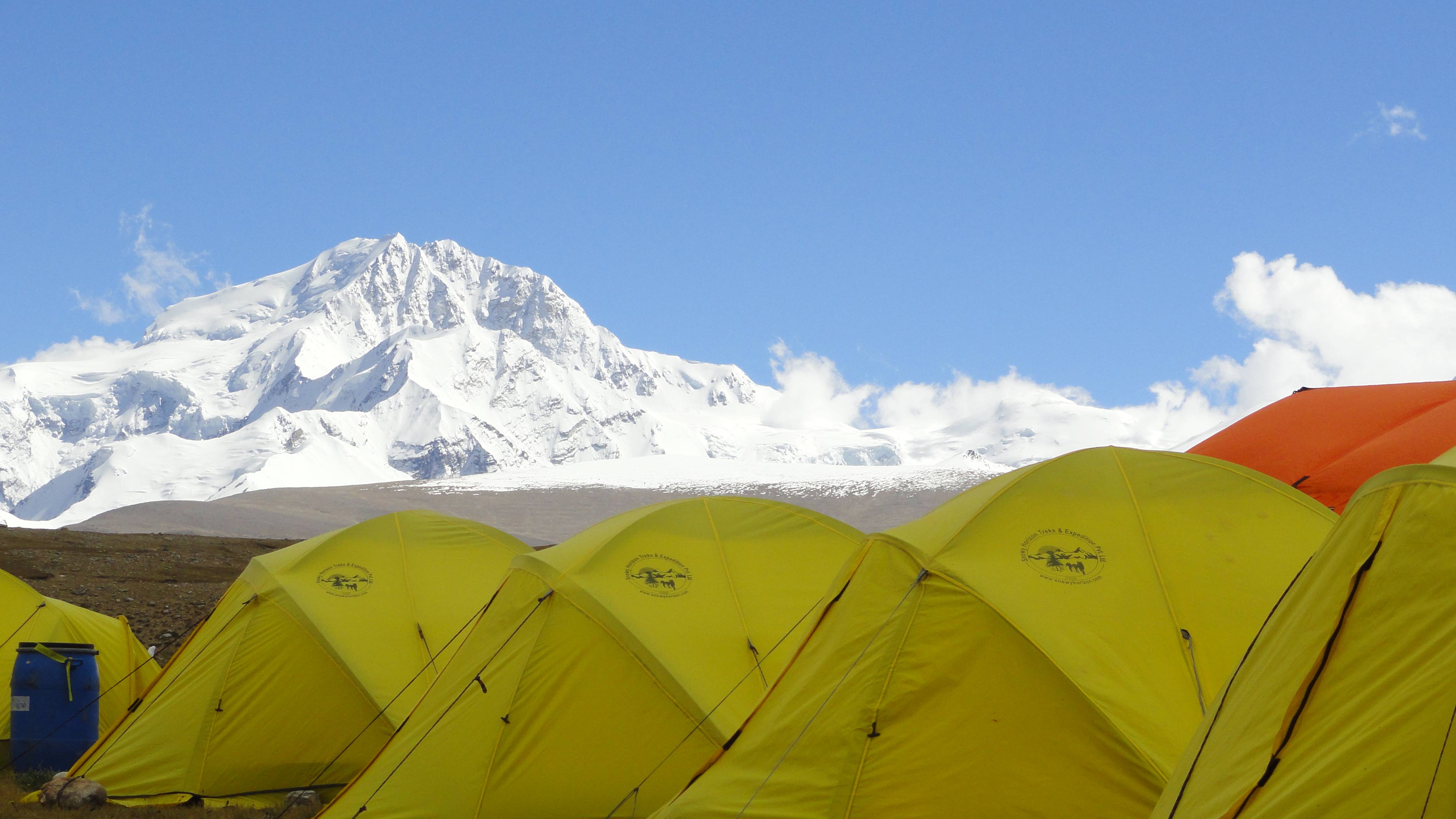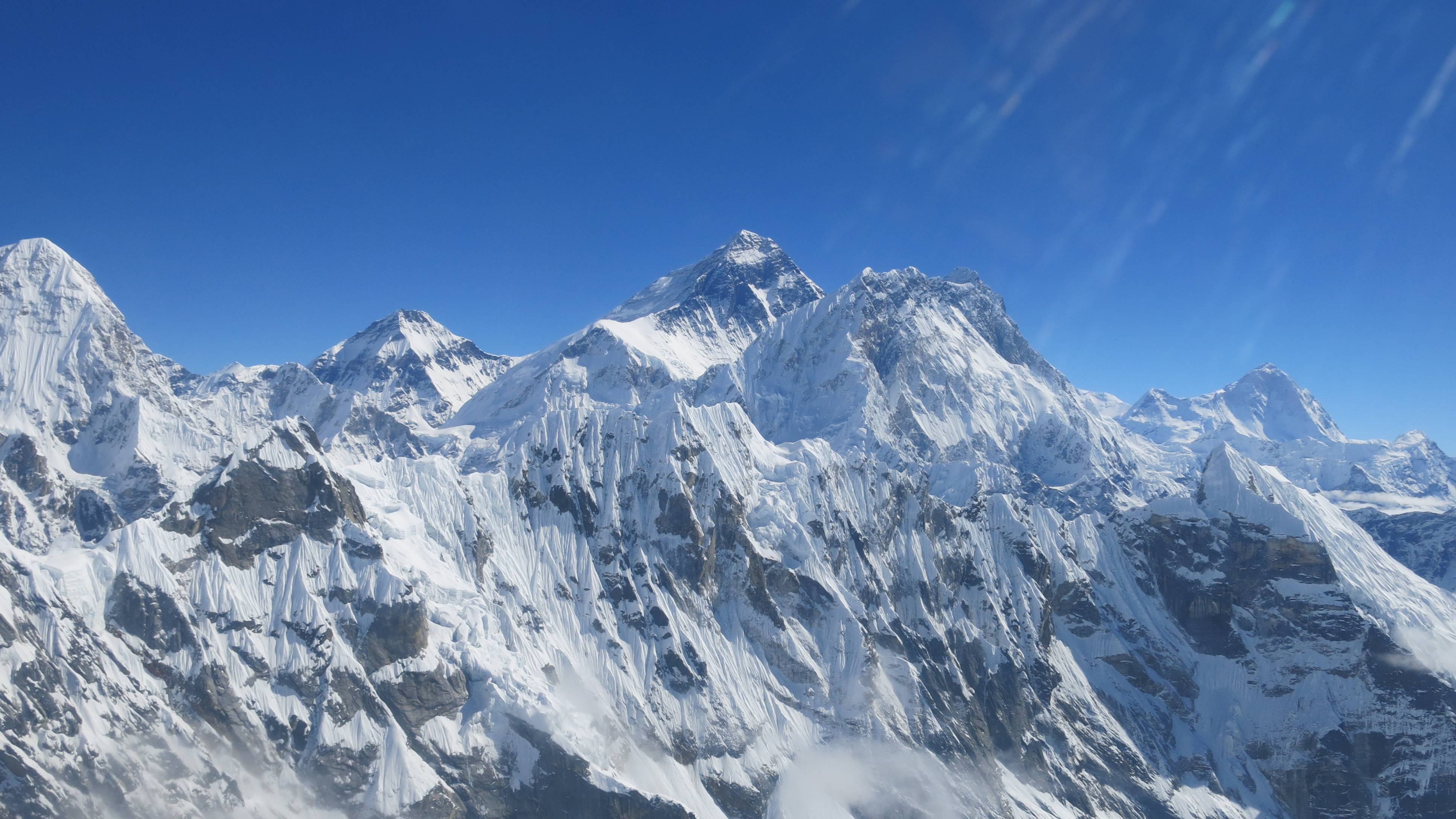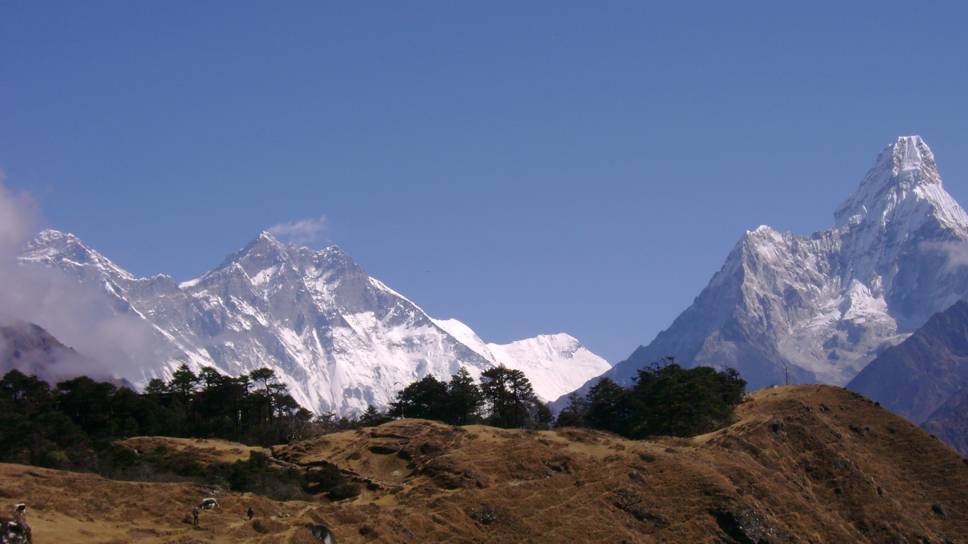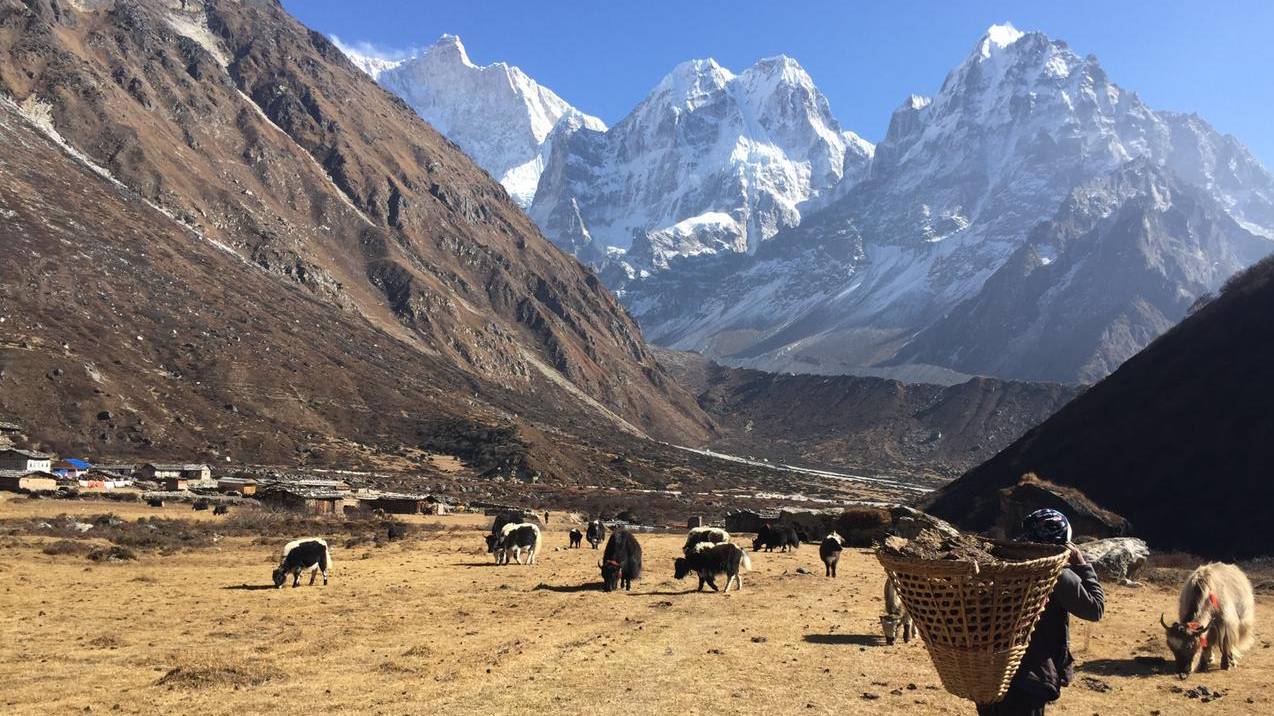Bhutan Cultural Tour
Overview
“The Land of Thunder Dragon” and the “Last Shangri-La” which is sandwiched between Tibet in the north and India in the three other directions, is Bhutan. Bhutan offers thrilling and un-spoilt cultural and natural majesty. The state religion of Bhutan is predominantly Vajrayana Buddhism, and Hinduism is the second-largest religion, mostly followed by the Nepali-speaking Bhutanese in the southern Part. Rugged terrain and steep mountain valleys characterise the landscape of Bhutan from subtropical plains to the south—through the temperate zone to the Sub-alpine Himalayas exceeding 7000 meters. Bhutan is culturally and religiously rich and had remained entirely disconnected from the rest of the world until the 1960s. The most remarkable point is that the Bhutanese Government has paid very careful attention to preserving and promoting the Bhutanese culture both now and then.
The journey through Western Bhutan offers a glimpse of the country's must-see highlights. The tour will kick off at the breathtaking Paro Valley, where an arduous trek to the world-renowned Tiger’s Nest (Taktsang) Monastery. After visiting Thimphu, a unique capital city that has a blend of traditional and modern touch, we will drive across the picturesque Dochu La Pass into the subtropical valleys of Punakha and Wangdue. You will visit the ancient Capital of Bhutan, a medieval Dzong of Wangdue, and return to Paro for your journey back home. During the journey, you will experience breathtaking views of Mount Everest, Kanchenjunga, and other famous Himalayan peaks, including the sacred Jumolhari and Mount Jitchu Drake in Bhutan.
Nestled in the heart of the great Himalayas, Bhutan saunters towards modernisation, while severely protecting its ancient culture and its deeply rooted Buddhist way of life. This tour will bring you the opportunity to see Thimphu, the capital city of Bhutan, perhaps which is the only city without traffic lights. The highlights of this journey include exploring the beautiful Paro Valley, its rich culture, panoramic beauty, and hundreds of myths and legends. It is the abode of Bhutan's oldest temples and monasteries.
This is a cultural tour suitable for those taking a brief holiday. To enjoy a joint tour in Bhutan and Nepal (Kathmandu) we will offer some additional Nepal tour itineraries and packages. Two nights or more per your wish, we make your add-on tour inside Kathmandu Valley or assist you to join several hiking, trekking, rafting, and wildlife adventures.
Important Note and Optional Activities:
Your safety is of paramount concern whilst travelling with the Snowy Horizon team. Please note that your leader has the authority to amend or cancel any part of the itinerary if they deem it necessary owing to safety concerns. We will carry out every effort to keep to the above itinerary; however, as this is adventure travel in a remote mountain region, we sometimes cannot guarantee it! Weather conditions, the health condition of a member, unexpected natural disasters, etc., can all contribute to changes in the itinerary. The leader will try to ensure that the trip runs according to plan, but please be prepared to be flexible if required.
Day-to-Day Itinerary
Day 1: Arrive at Paro & Paro-Thimphu (Distance: 54 km, estimated driving time: 1 hr)
Fly into Paro by Druk Air / Bhutan Airline After completing your immigration formalities, you will be received by our representative who will be your tour guide throughout your tour.
Then drive to Thimphu. On arrival at Thimphu check into your hotel and after refreshments visit the following:
- Kuensel Phodrang and visit the tallest Buddha statue and enjoy the full view of Thimphu Valley below.
- Craft Bazaar -A one-stop place to witness Bhutanese culture and buy Bhutan-made art and craft product. The Bazaar in its 80 stalls covers all aspects of the traditional arts and crafts of Bhutan. At this Bazaar craftsmen and artisans from across the country display and sell their handicrafts. And also visit other handicraft stores.
- Tashichhoe Dzong, a fortress of the glorious religion. It was built in 1641 by Zhabdrung Ngawang Namgyel and was reconstructed into the present structure by the late King, His Majesty Jigme Dorji Wangchuck in the year 1962-1969. It houses the secretariat building, the throne room and the office of the king, and the central monk body.
Overnight at Thimphu
Day 02: Thimphu sightseeing
After breakfast visit the following places:
Takin Preserve
The place which houses the national animal the Takin that is only found in Bhutan. This is an extremely rare member of the goat family. Found in herds in very high altitudes (13,125ft and over). They live on a diet of grass and bamboo. It can weigh as much as 550 pounds.
Weaving Center
Gagyel Lhundrup Weaving Centre is a small cottage industry that offers a variety of traditional hand-woven Bhutanese clothing and other textile products.
Institute for Zorig Chusum
Commonly known as Arts & Crafts School or Painting School, the Institute offers a six-year course on the 13 traditional arts and crafts of Bhutan. On a visit, one can see students learning the various skills taught at the school.
Textile Museum
The Royal Textile Museum Bhutan or Royal Textile Academy is a national textile museum. It is located very near to Taj Tashi Hotel and Authentic Handicraft shops. It was established in the year 2001. It has a huge collection of antique textile artifacts. Weaving in Bhutan is the culture and tradition. RTA the aim is to preserve and promote this living art of Bhutan to international and domestic markets.
Weekend Market
Every Saturday and Sunday most of Thimphu's scant population and many valley dwellers congregate on the banks of the river where the weekend market is held. It is an interesting place to visit and provides an opportunity to mingle with the local people.
National Sport of Bhutan (Archery)
One of the best places to witness a game of traditional and modern archery. Which is a national sport of Bhutan? If you want to take some good pictures of archery matches then this is one of the best places to be. Almost all the time there is a tournament being played.
Overnight at Thimphu
Day 03: Thimphu-Punakha (Distance: 71 km, estimated driving time: 2 ½ hours)
After breakfast, travel to Punakha through Dochula Pass 3140 m). In the clear spring sky, you can enjoy the panoramic view of the Himalayan Mountain ranges. Then pass by the beautiful 108 chortens built on the hill by Her Majesty Ashi Dorji Wangmo Wangchuck (Queen Mother of Bhutan) for the security and well-being of His Majesty, the King of Bhutan.
You will also visit Druk Wangyal Lhakhang (monastery) which was built by Ashi Dorji Wangmo Wangchuck (the Queen Mother of Bhutan) as a tribute to His Majesty the Fourth King of Bhutan, Jigme Singye Wangchuck, and armed forces after His Majesty led a successful operation against Indian militants who had occupied certain areas of Bhutan. The gallery of the Druk Wangyal Lhakhang has beautiful murals depicting some of the important events in the reigns of the Kings of Bhutan.
Then travel onto Punakha. Punakha has been inextricably linked to some of the most momentous events in Bhutanese history and deserves its reputation as one of the most beautiful and significant regions at the heart of Bhutanese culture. Punakha served as the capital of Bhutan from 1637 till 1907. The dzong is historically important and stands as the symbol of a unified Bhutan.
On the way, stop for lunch at Metsina village and then visit the Devine Madman’s Monastery-Chhimi Lhakhang, famously known for its fertility shrine, where one can receive a special fertility blessing.
Then visit the Punakha Dzong, located on the island of the Pho - Chu (Male River) and the Mochu (Female River). The dzong was built in 1637 by Zhabdrung Ngawang Namgyal to serve as the religious and administrative seat of the region. At the dzong, you can see the highest standards in woodwork.
Suspension Bridge
Drive to walk across the suspension bridge (about 200m long) through an absolutely fresh breeze and a fascinating view of Dzong.
In the evening visit Rinchengang & Lobesa villages where you will take a short walk through the village and have free interaction with the villagers.
Overnight at Punakha
Day 4: Punakha-Paro (Distance: 135 km, estimated driving time: 4 hr)
After breakfast, travel to Paro. On the way visit the following:
Tamchog Lhakhang Bridge
Located on the other side of the river of the Thimphu - Paro highway, one needs to cross an iron chain suspension bridge to get to the Lhakhang.
About a 30-minute drive from Paro towards Thimphu City, Tamchog Lhakhang sits across the Paro River. The Lhakhang is approached by an iron chain suspension bridge. The Lhakhang and the bridge were constructed by a 13th-century Tibetan saint Thangthong Gyalpo. The Buddhist saint was also a blacksmith and an architect. Of the many iron chain bridges built, there are only a few left that are still used. Crossing this old bridge can be a thrilling experience for tourists. Some of the original iron chain links used to build this bridge can be found on display in the National Museum in Paro
Paro Airport Birds Eye View
Paro international airport is the only international airport in Bhutan where you can teach Bhutan via air. It’s a small airport with a single runaway and no or very little international traffic. However, it’s considered one of the most dangerous airports for landing and also the most beautiful airport in terms of landscape and architecture. Hotel Check-in and later visit the national museum.
- National Museum, housed in the Ta Dzong (watchtower). Here an intriguing collection of artifacts provide a wonderful introduction to the rich culture and heritage of the Kingdom.
- In the evening stroll through the Paro town and visit local handicraft stores.
Overnight at Paro
Day 5: A Day Hike to Taktsang Ghoempa (Tiger’s Nest Monastery)
After breakfast, hike up to Taktsang Monastery, also known as ‘Tiger’s Nest’. The walk up to the viewpoint will take about 1 – 1 ½ hrs depending on your fitness and from View Point, you will enjoy a spectacular view of the monastery clinging to the side of the cliff. Stop for refreshments at the View Point Cafeteria. Then walk further up to the monastery which will take about 1 hour. It is said that in the 8th century Guru Rinpoche flew on the back of a tigress from eastern Bhutan to this place and meditated in a cave here for 3 months. The principal Lhakhang (monastery) of the present monastic complex dates from 1692. Taktsang was damaged severely by fire in 1998 but has now been fully restored to its former glory. After visiting the monastery, walk downhill back to the road on the way stop for lunch at the viewpoint cafeteria, and then walk further downhill to the road point. Then drive to Drukgyel Dzong (fortress) which is situated on a ridge in the upper Paro valley which is a 30-minute drive north of the Paro town. Drugyel Dzong also means “Fortress of Victorious Drukpas” which was built in 1649 by Zhabdrung Ngawang Namgyel. The Dzong had served as an important base for defense in the region until 1951 when it was destroyed by fire. The ruins of the Dzong continued to be protected as an important monument linking the people of Bhutan with the great events that contributed to maintaining the sovereignty of the country. Drukgyel Dzong was served solely for defensive purposes without administrative and religious functions, especially against external threats from the border.
The existing ruins of the Dzong are comparatively well preserved. One can without much difficulty understand or distinguish features of the complex. Although most of the timber components of the Dzong such as roof truss, door and window frames, and floors and ceilings are almost totally absent, the major portion of the stone and rammed earth wall structures are still standing. They provide visitors with an understanding of ideas and practices for defense in the olden times. The reconstruction of the fortress began in April 2016 after the command of His Majesty the King, to celebrate the birth of His Royal Highness the Gyalsey, to commemorate the arrival of Zhabdrung Ngawang Namgyal in 1616 AD the birth year of Guru Rinpoche. The restoration work is estimated to be completed soon.
Overnight at Paro
Day 6: Paro Departure
After breakfast, we will drive to Paro Airport for the departure.
Day-to-Day Itinerary
Day 1: Arrive at Paro & Paro-Thimphu (Distance: 54 km, estimated driving time: 1 hr)
Fly into Paro by Druk Air / Bhutan Airline After completing your immigration formalities, you will be received by our representative who will be your tour guide throughout your tour.
Then drive to Thimphu. On arrival at Thimphu check into your hotel and after refreshments visit the following:
- Kuensel Phodrang and visit the tallest Buddha statue and enjoy the full view of Thimphu Valley below.
- Craft Bazaar -A one-stop place to witness Bhutanese culture and buy Bhutan-made art and craft product. The Bazaar in its 80 stalls covers all aspects of the traditional arts and crafts of Bhutan. At this Bazaar craftsmen and artisans from across the country display and sell their handicrafts. And also visit other handicraft stores.
- Tashichhoe Dzong, a fortress of the glorious religion. It was built in 1641 by Zhabdrung Ngawang Namgyel and was reconstructed into the present structure by the late King, His Majesty Jigme Dorji Wangchuck in the year 1962-1969. It houses the secretariat building, the throne room and the office of the king, and the central monk body.
Overnight at Thimphu
Day 02: Thimphu sightseeing
After breakfast visit the following places:
Takin Preserve
The place which houses the national animal the Takin that is only found in Bhutan. This is an extremely rare member of the goat family. Found in herds in very high altitudes (13,125ft and over). They live on a diet of grass and bamboo. It can weigh as much as 550 pounds.
Weaving Center
Gagyel Lhundrup Weaving Centre is a small cottage industry that offers a variety of traditional hand-woven Bhutanese clothing and other textile products.
Institute for Zorig Chusum
Commonly known as Arts & Crafts School or Painting School, the Institute offers a six-year course on the 13 traditional arts and crafts of Bhutan. On a visit, one can see students learning the various skills taught at the school.
Textile Museum
The Royal Textile Museum Bhutan or Royal Textile Academy is a national textile museum. It is located very near to Taj Tashi Hotel and Authentic Handicraft shops. It was established in the year 2001. It has a huge collection of antique textile artifacts. Weaving in Bhutan is the culture and tradition. RTA the aim is to preserve and promote this living art of Bhutan to international and domestic markets.
Weekend Market
Every Saturday and Sunday most of Thimphu's scant population and many valley dwellers congregate on the banks of the river where the weekend market is held. It is an interesting place to visit and provides an opportunity to mingle with the local people.
National Sport of Bhutan (Archery)
One of the best places to witness a game of traditional and modern archery. Which is a national sport of Bhutan? If you want to take some good pictures of archery matches then this is one of the best places to be. Almost all the time there is a tournament being played.
Overnight at Thimphu
Day 03: Thimphu-Punakha (Distance: 71 km, estimated driving time: 2 ½ hours)
After breakfast, travel to Punakha through Dochula Pass 3140 m). In the clear spring sky, you can enjoy the panoramic view of the Himalayan Mountain ranges. Then pass by the beautiful 108 chortens built on the hill by Her Majesty Ashi Dorji Wangmo Wangchuck (Queen Mother of Bhutan) for the security and well-being of His Majesty, the King of Bhutan.
You will also visit Druk Wangyal Lhakhang (monastery) which was built by Ashi Dorji Wangmo Wangchuck (the Queen Mother of Bhutan) as a tribute to His Majesty the Fourth King of Bhutan, Jigme Singye Wangchuck, and armed forces after His Majesty led a successful operation against Indian militants who had occupied certain areas of Bhutan. The gallery of the Druk Wangyal Lhakhang has beautiful murals depicting some of the important events in the reigns of the Kings of Bhutan.
Then travel onto Punakha. Punakha has been inextricably linked to some of the most momentous events in Bhutanese history and deserves its reputation as one of the most beautiful and significant regions at the heart of Bhutanese culture. Punakha served as the capital of Bhutan from 1637 till 1907. The dzong is historically important and stands as the symbol of a unified Bhutan.
On the way, stop for lunch at Metsina village and then visit the Devine Madman’s Monastery-Chhimi Lhakhang, famously known for its fertility shrine, where one can receive a special fertility blessing.
Then visit the Punakha Dzong, located on the island of the Pho - Chu (Male River) and the Mochu (Female River). The dzong was built in 1637 by Zhabdrung Ngawang Namgyal to serve as the religious and administrative seat of the region. At the dzong, you can see the highest standards in woodwork.
Suspension Bridge
Drive to walk across the suspension bridge (about 200m long) through an absolutely fresh breeze and a fascinating view of Dzong.
In the evening visit Rinchengang & Lobesa villages where you will take a short walk through the village and have free interaction with the villagers.
Overnight at Punakha
Day 4: Punakha-Paro (Distance: 135 km, estimated driving time: 4 hr)
After breakfast, travel to Paro. On the way visit the following:
Tamchog Lhakhang Bridge
Located on the other side of the river of the Thimphu - Paro highway, one needs to cross an iron chain suspension bridge to get to the Lhakhang.
About a 30-minute drive from Paro towards Thimphu City, Tamchog Lhakhang sits across the Paro River. The Lhakhang is approached by an iron chain suspension bridge. The Lhakhang and the bridge were constructed by a 13th-century Tibetan saint Thangthong Gyalpo. The Buddhist saint was also a blacksmith and an architect. Of the many iron chain bridges built, there are only a few left that are still used. Crossing this old bridge can be a thrilling experience for tourists. Some of the original iron chain links used to build this bridge can be found on display in the National Museum in Paro
Paro Airport Birds Eye View
Paro international airport is the only international airport in Bhutan where you can teach Bhutan via air. It’s a small airport with a single runaway and no or very little international traffic. However, it’s considered one of the most dangerous airports for landing and also the most beautiful airport in terms of landscape and architecture. Hotel Check-in and later visit the national museum.
- National Museum, housed in the Ta Dzong (watchtower). Here an intriguing collection of artifacts provide a wonderful introduction to the rich culture and heritage of the Kingdom.
- In the evening stroll through the Paro town and visit local handicraft stores.
Overnight at Paro
Day 5: A Day Hike to Taktsang Ghoempa (Tiger’s Nest Monastery)
After breakfast, hike up to Taktsang Monastery, also known as ‘Tiger’s Nest’. The walk up to the viewpoint will take about 1 – 1 ½ hrs depending on your fitness and from View Point, you will enjoy a spectacular view of the monastery clinging to the side of the cliff. Stop for refreshments at the View Point Cafeteria. Then walk further up to the monastery which will take about 1 hour. It is said that in the 8th century Guru Rinpoche flew on the back of a tigress from eastern Bhutan to this place and meditated in a cave here for 3 months. The principal Lhakhang (monastery) of the present monastic complex dates from 1692. Taktsang was damaged severely by fire in 1998 but has now been fully restored to its former glory. After visiting the monastery, walk downhill back to the road on the way stop for lunch at the viewpoint cafeteria, and then walk further downhill to the road point. Then drive to Drukgyel Dzong (fortress) which is situated on a ridge in the upper Paro valley which is a 30-minute drive north of the Paro town. Drugyel Dzong also means “Fortress of Victorious Drukpas” which was built in 1649 by Zhabdrung Ngawang Namgyel. The Dzong had served as an important base for defense in the region until 1951 when it was destroyed by fire. The ruins of the Dzong continued to be protected as an important monument linking the people of Bhutan with the great events that contributed to maintaining the sovereignty of the country. Drukgyel Dzong was served solely for defensive purposes without administrative and religious functions, especially against external threats from the border.
The existing ruins of the Dzong are comparatively well preserved. One can without much difficulty understand or distinguish features of the complex. Although most of the timber components of the Dzong such as roof truss, door and window frames, and floors and ceilings are almost totally absent, the major portion of the stone and rammed earth wall structures are still standing. They provide visitors with an understanding of ideas and practices for defense in the olden times. The reconstruction of the fortress began in April 2016 after the command of His Majesty the King, to celebrate the birth of His Royal Highness the Gyalsey, to commemorate the arrival of Zhabdrung Ngawang Namgyal in 1616 AD the birth year of Guru Rinpoche. The restoration work is estimated to be completed soon.
Overnight at Paro
Day 6: Paro Departure
After breakfast, we will drive to Paro Airport for the departure.
Full Board Service Cost : Please contact us by email or call us
Cost Include
- All meals, tea, and snacks (Full board meal).
- Government-approved required category hotels on twin sharing basis.
- All airport pickups and drops in Kathmandu and Paro.
- Ground transport in a comfortable private vehicle.
- Experienced English-speaking guides and local staff.
- All city tours with permits and entrance fees for museums and monuments.
- All government taxes.
- Bhutan Visa fee.
- Our service charges.
Cost Exclude
- Airfare to/from Paro, Bhutan (Tickets are arranged upon request).
- Items of a personal nature (personal gear, telephone calls, beverages, internet, laundry, etc.).
- Trip cancellation and Medical/Evacuation Insurance.
- Tips for Staff (guide and driver).
- Any other item not mentioned in the “Service Cost Includes” section.
Notes
- Cost defers on Hotel Category for Hotels in Bhutan.
- The itinerary is changeable and modifiable as per the needs and time frame of the clients.
- The cost will be re-calculated if the itinerary is changed or modified.
- Additional activities may be added as per request with nominal additional cost.
- For any kind of changes please contact us by email or call us.
- Grade: Easy
- Elevation: 3140 m
- Location: Bhutan
- Coordinates: 27.5142° N, 90.4336° E
- Season: All
- Duration: 6 days
- Group Size: 1-15
